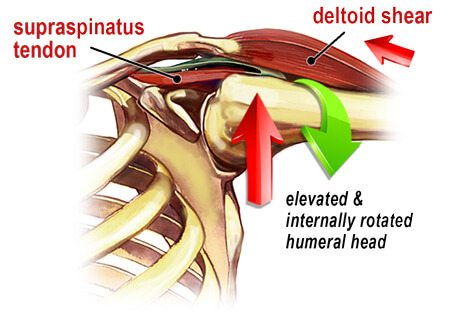
Deltoid Shear & Rotator Cuff Tendinopathy
Ideal shoulder girdle balance requires that some muscles act as stabilizers and others as mobilizers, depending on joint position and movement required for the particular

Ideal shoulder girdle balance requires that some muscles act as stabilizers and others as mobilizers, depending on joint position and movement required for the particular
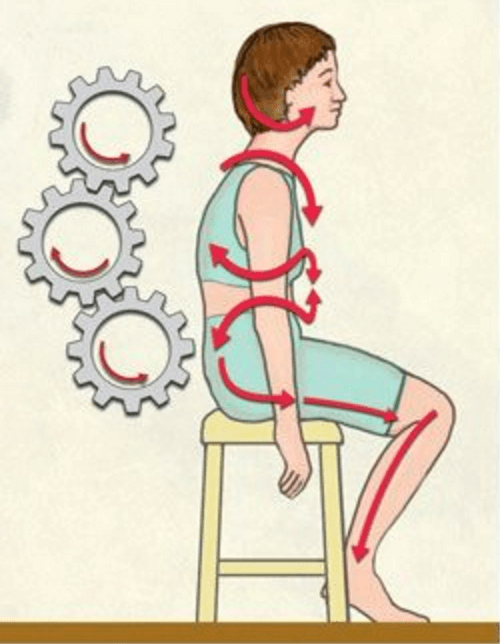
Treating Kinetic Chain Kinks Recent manual and movement therapy blogs tout the importance of thoracic spine (t-spine) mobility as if it were a new discovery.

Peroneal Nerve Mobilization Tightness is one way the brain applies the parking brake when the body’s natural braking systems fail — and pain is another.

Ever since Hippocrates coined the term scoliosis to describe deformity of the spinal column, structural scoliosis (the fixed type) has occupied the attention of researchers, physicians and manual therapists
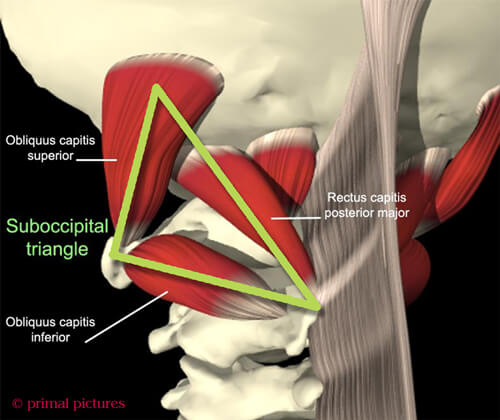
The second cervical vertebra, the axis, is considered the most important of all the neck’s bony structures partly due to its unique dural membrane attachment and also because of the powerful myofascial structures…
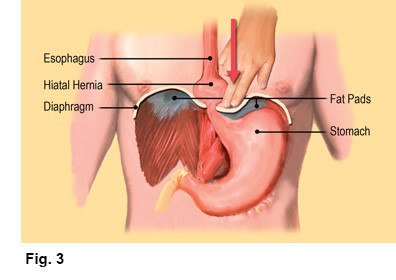
Any time an internal body part pushes into an area where it doesn’t belong, it’s called a hernia. When we eat, food travels down the…

Perfect foot structure isn’t needed to walk comfortably, yet our clients do require good functional movement in several key joints to lessen wear and tear
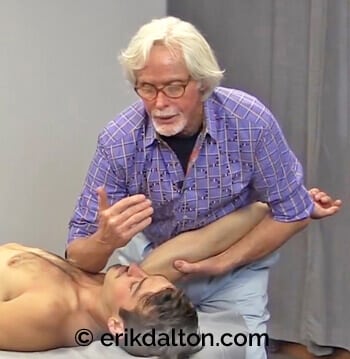
Mired in Controversy I’m aware this may be an unpopular statement, but I don’t completely agree with the idea of pain-free bodywork. In an environment
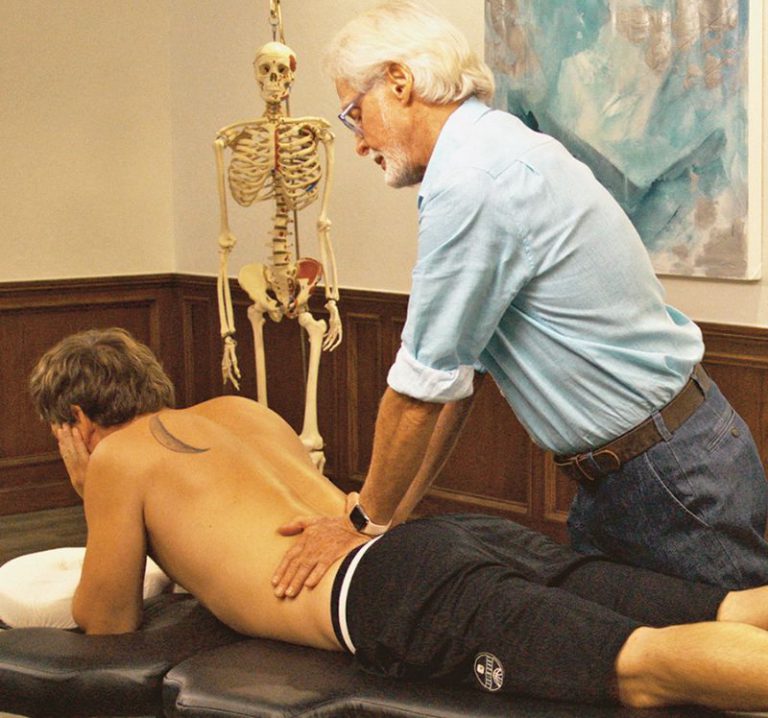
Clients with nonspecific low back pain may be experiencing mechanical wear and tear of the zygapophyseal joints, located in the posterior…
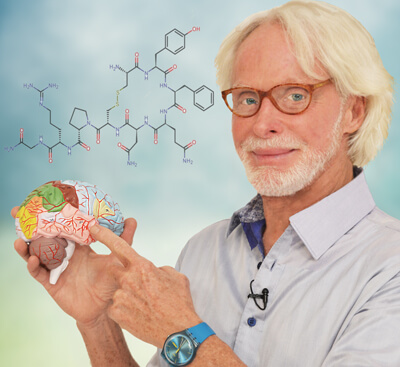
Triggering the feel-good hormones through touch Everyone knows good bodywork feels good, but what causes those feel-good feelings, and how can we further elevate our
Free subscription to the Technique Tuesday newsletter. Sign up to receive an in-depth article and technique video in your inbox every Tuesday.

© 2021 Freedom From Pain Institute